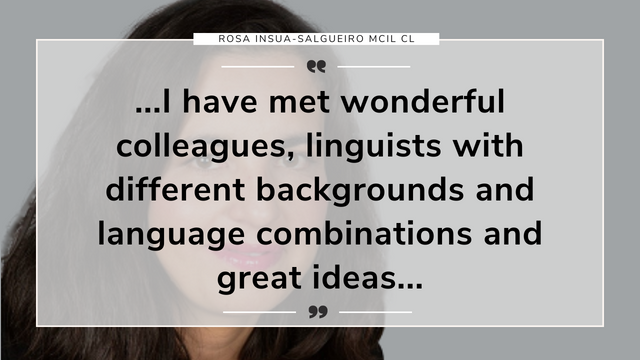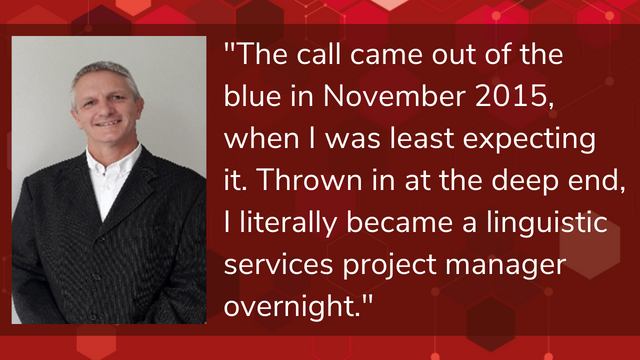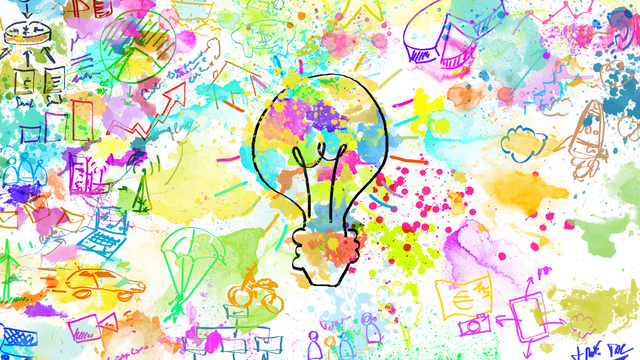-
QUALIFICATIONS
- For Linguists Worldwide
- For UK Public Services
- Preparation
- Policies & Regulation
-
MEMBERSHIP
- Join CIOL
- Membership grades
- NEW for Language Lovers
- Chartered Linguist
- Already a member?
- Professional conduct
- Business & Corporate Partners
-
ASSESSMENTS
- For Second Language Speakers
- English as a Second Language
-
EVENTS & TRAINING
- CPD, Webinars & Training
- CIOL Conference Season 2025
- Events & Networks
- CIOL Mentoring
-
NEWS & VOICES
- News & Voices
- CIOL eNews
- CIOL Awards
- The Linguist
- Jobs & Ads
-
RESOURCES
- For Translators & Interpreters
- For Universities & Students
- Standards & Norms
- CIOL & AI
- All Party Parliamentary Group
- In the UK
- UK Public Services
- Find-a-Linguist
Translating Ocean Sciences
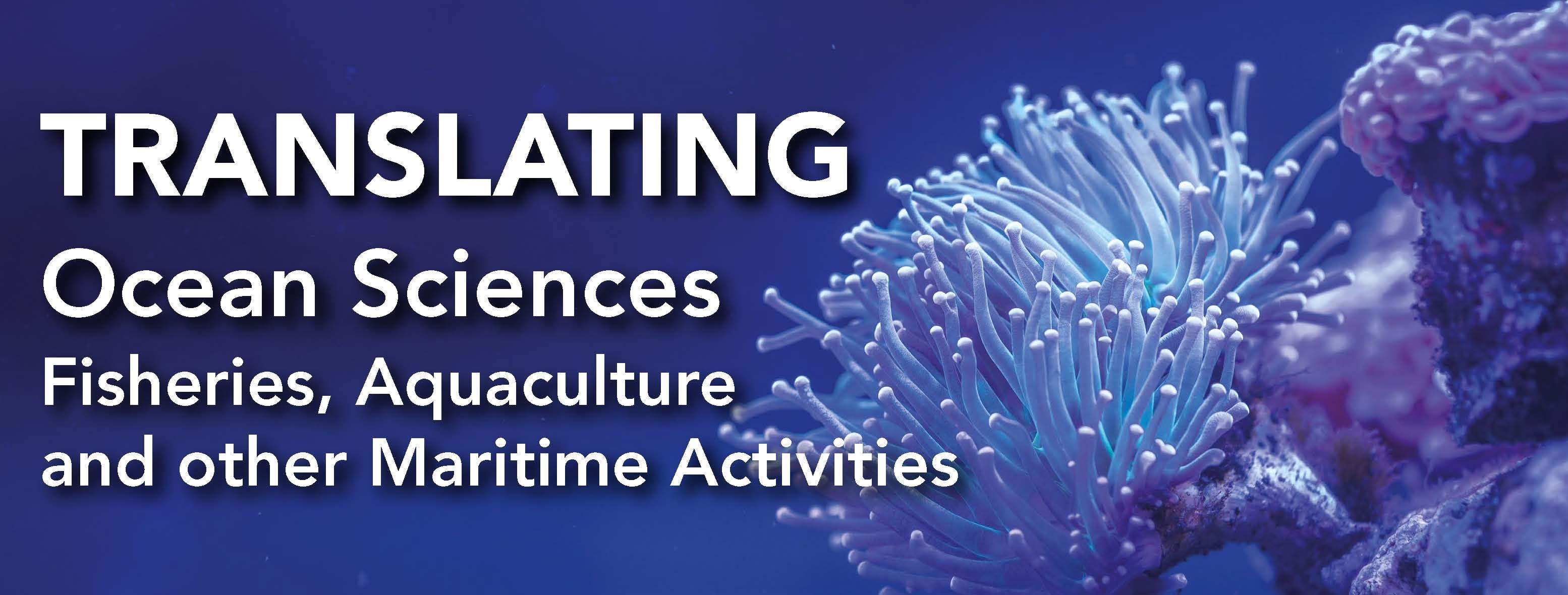
As translators, we chose to work in one (or more) areas of specialism – this may be due to an existing relationship with the field, or just a particular interest or curiosity. Sometimes it is a matter of opportunity as you think you’ve spotted a niche, as may be the case with translating the large sphere of Ocean Sciences, which can place you aboard a very exciting vessel! However, sailing this ship is a demanding task and, as with any other field, gaining the required knowledge is just the first part of the fun – and perhaps the most challenging part.
History
The oceans occupy 71% of the Earth’s surface and play a major role in regulating our climate and atmosphere. Without the oceans and the life they support, our planet would not exist.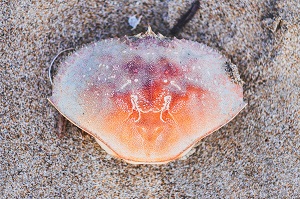
Mankind has a strong relationship with this vast liquid world. It began in the early ages of our species when our ancestors saw the opportunities the oceans represented. First, they were pulled by basic needs, i.e., how they could use the oceans to their own advantage. There was plenty of food there and some of these sea fruits, e.g. clams, were not only tasty, but very easy to collect without elaborate tools. As people started to develop more advanced tools (harpoons, or fishhooks made of bones), they began to fish. Meanwhile they learnt which food was edible or not, and even which was poisonous and could present a threat. As people started to exploit the oceans, this knowledge became crucial: more knowledge represents a better and more efficient use of the available resources.
Knowledge about the oceans and its life continued to grow as we started learning seamanship and navigation skills. This allowed us to travel across the sea and trade for basic products, as did the Phoenicians, who were able to sail all around the Mediterranean by 2000 BC. However, it was the Greeks who started collecting the first “scientific” knowledge about marine life. In the 4th century BC, Aristotle described and classified many marine life forms as he tried to understand physiological mechanisms in fish, such as the mystery of breathing underwater and the role played by the gills.
During the Middle Ages, while Europe was at an impasse, the Arabs and other sailors (the Vikings, the Pacific peoples and others in the Far East) were active and continued trading and exploring the oceans. The knowledge about the oceans learned from the Greeks was saved by the Arabs and then used by the Europeans during the Renaissance. During this period, Portuguese and Spanish navigators added to the knowledge about the oceans. One remarkable fact was the maps they drew, allowing for a much better understanding of the globe. However, one of the first documented scientific expeditions took place during the 18th century, when the British explorer James Cook included a naturalist in his three great voyages. By the 19th century, the presence of naturalists was common aboard ships, their mission being to gather as much information as possible about life-forms encountered. Charles Darwin was the famous naturalist aboard HMS Beagle and, for five years from 1831, he sailed around the world collecting important data that contributed to the Theory of Evolution. Moreover, he made important contributions to marine biology, namely his hypothesis on the formation of atolls, and other treaties on marine organisms.
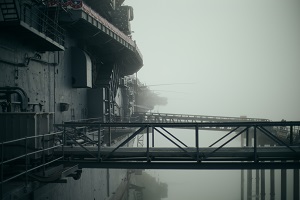 Other scientists followed and, from 1840–1850, Edward Forbes’ work on the sea floor revealed many unknown organisms and the existence of different life forms. He showed their distribution depended on depth, what we call today zonation. Forbes’ work inspired many other expeditions, in particular by the British vessel HMS Challenger in 1872, considered the first major oceanographic expedition. For more than three years, the expedition not only gathered a considerable amount of information, but set new standards on scientific methodologies of ocean study.
Other scientists followed and, from 1840–1850, Edward Forbes’ work on the sea floor revealed many unknown organisms and the existence of different life forms. He showed their distribution depended on depth, what we call today zonation. Forbes’ work inspired many other expeditions, in particular by the British vessel HMS Challenger in 1872, considered the first major oceanographic expedition. For more than three years, the expedition not only gathered a considerable amount of information, but set new standards on scientific methodologies of ocean study.
Even in those early days however, marine scientists continued to explore seashores and continued on land in marine laboratories the work performed aboard the ships. Marine laboratories were becoming established in various locations, the most known being Stazione Zoologica, Naples (1872), the laboratory of the Marine Biological Society, Plymouth (UK) (1879), and the Marine Biology Laboratory of the Woods Hole Institute, Massachusetts (USA) (1871).
Modern developments
The Second World War saw the invention of the sonar and, all of a sudden, the ocean wasn’t silent anymore, as this instrument allowed study of marine life and the sea floor at inaccessible depths. After the war, Emile Gagnan and Jacques-Yves Costeau developed the scuba, allowing humans to dive underwater and see for themselves what was really going on.
During the latter part of the 20th century, technology evolved allowing for deep sea expeditions. One took Jacques Piccard and Don Walsh, in bathyscaphe Trieste, to the bottom of the Mariana Trench (10,961 m), the deepest point in the ocean floor (so far).
Partially inspired by developments in space technology, e.g., the use of satellites, and thanks to information technologies, today’s science is able to offer a much broader and deeper perspective on our oceans, how they are changing, and how we are affecting them.
Defining Ocean Science
 So, how can we define Ocean Sciences? This is a very broad term and may not be consistently understood. On the one hand, it covers disciplines related to biological sciences such as botany, zoology, ecology, physiology and genetics, i.e., Marine Biology. On the other hand, it includes disciplines related to other natural sciences such as physical oceanography (marine physics), geological oceanography (marine geology) the umbrella term of Oceanography.
So, how can we define Ocean Sciences? This is a very broad term and may not be consistently understood. On the one hand, it covers disciplines related to biological sciences such as botany, zoology, ecology, physiology and genetics, i.e., Marine Biology. On the other hand, it includes disciplines related to other natural sciences such as physical oceanography (marine physics), geological oceanography (marine geology) the umbrella term of Oceanography.
The main difference is the subject they study, the main focus of the investigation. Imagine you are a scientist enrolled in an exciting expedition to the Great Barrier Reef, Australia. If you are a marine biologist, you may be interested in the coral reef itself as a biological entity, the fish species living there, the small dwelling creatures hidden in the sand, their ecology, behaviour, genetics, etc. But if you are an oceanographer, your focus may be the way currents move along the reef, the changes in salinity/temperature patterns or even the way coral reefs affect these factors. As a marine biologist, you might want to know how plastic in the food chain is affecting the species of the reef. As an oceanographer, you want to know how these pollutants reached the reef.
Human impact on the Earth
And this last example is something to keep in mind. Today, we live in the Anthropocene age – defined as the epoch dating from the commencement of significant human impact on the Earth's geology and ecosystems, including, but not limited to, climate change – and we have an impact almost everywhere we go. Science is no longer driven only by our human need for knowledge. Today, science also monitors our own impacts, whether they are negative or positive, and is trying to find ways to minimise them. Therefore, science needs to communicate in an effective manner, not only internally within pairs, but externally with a much broader audience, the general public, me and you, so we can be informed accurately about what’s going on.
Translating as a means of communicating
This is where language comes into play. As humans, we use language to communicate. However, we speak different languages and the idea that one single language can become universal is not realistic. That’s why we – translators – are here: to mediate communication, to decode one message in a certain code into another in the most precise and accurate manner. This is especially true when translating science for scientists or even to the general public.
And this brings us back to our areas of specialism: we present two webinars on the subject of aquaculture - Translating Ocean Sciences and Translation for Fisheries, Aquaculture and other Maritime Activities. In these two webinars, we provide you with some basic notions to help you start exploring, and discuss the translation of materials related to aquaculture for different kinds of public. Dive in and enjoy!
Fátima Noronha
Filter by category
More
The Chartered Institute of Linguists (CIOL), Incorporated by Royal Charter, Registered in England and Wales Number RC 000808 and the IoL Educational Trust (IoLET), trading as CIOL Qualifications, Company limited by Guarantee, Registered in England and Wales Number 04297497 and Registered Charity Number 1090263. CIOL is a not-for-profit organisation.



